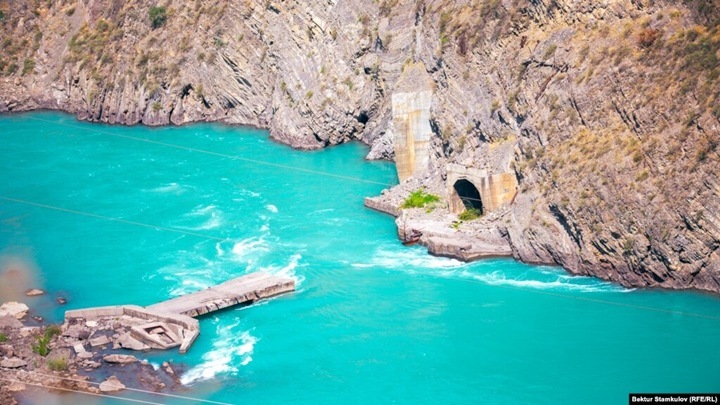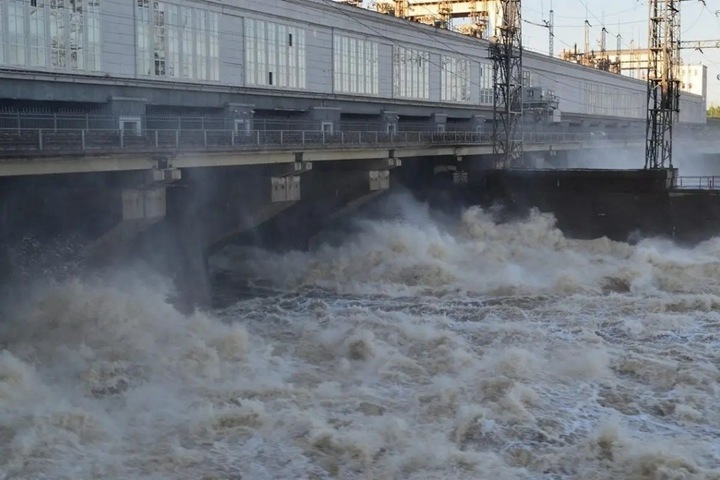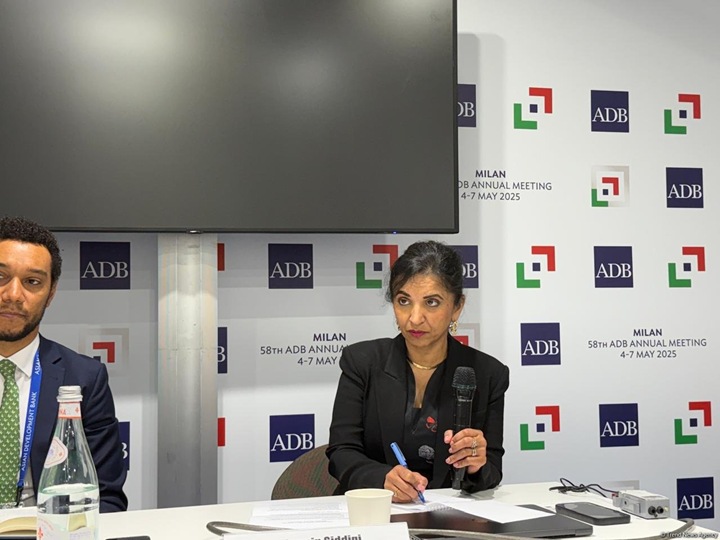Small hydropower plants of Kyrgyzstan: can they be a panacea for the energy crisis?
In Kyrgyzstan, where for many decades the main emphasis in the energy sector has been on hydroelectric power stations, the state has launched several dozen small stations in recent years. Can these technological solutions help the country get out of the chronic energy crisis?

In recent years, Kyrgyzstan has been actively developing a network of small hydroelectric power plants (MSPPS) — dozens of new facilities have been launched, and they plan to increase their number to fifty by 2030. Will this be enough to cope with the energy deficit, which has been officially recognized as an emergency since April 2023?
One of the main ways out of the crisis was the construction of new facilities. Although Kyrgyzstan is rich in sun and wind, the main focus is still on hydropower. And at first glance, this is logical, since all the rivers of the country begin on its territory, and the resource has been used for a long time.
However, not in full force.
According to various estimates, currently the hydropotential of Kyrgyzstan is involved very little. President Sadyr Japarov recently cited figures according to which, with a total potential of 142 billion kilowatt-hours, the republic produces only about 14 billion, which corresponds to about 10%.
Why are small hydropower plants interesting for business?
The emergency regime in the energy sector was announced almost two years ago. It also provides for some preferences for investors in the “small” energy sector. But already by that time there was interest in the construction of the MSPP in the country, mainly from private entrepreneurs.
The main reason is simple: the electricity produced at the MSPP is sold at a favorable tariff — the tariff for commercial subscribers is multiplied by a factor of 1.3. Until May 2024, it was about 4.42 soms (5 cents) per kilowatt-hour.
“This is an acceptable tariff,” says Kundus Kyrbasheva, chairman of the Association of Green Renewable Energy Power Plants of the Kyrgyz Republic. According to her, cheap electricity is a thing of the past, when Soviet hydroelectric power stations were built. Today, new stations are expensive, and their products are comparable in cost to other types of “green” energy.
“Our tariff is one of the highest in the region,” she notes, adding that this factor is an important incentive for business.
Since May 1, tariffs have increased, and the revenue of power engineers, too. Moreover, the government plans to raise prices by 20% annually until 2030 in order to make the energy sector self-sustaining.
But so far the industry remains subsidized: in 2024 alone, almost 9 billion soms ($100 million) were allocated from the republican budget to cover the deficit.
Taking into account the increased tariffs, the electricity generated at small HPPs will now be sold at a price of approximately 4 soms 54 thousand. Business revenue will also grow accordingly, but it may be premature to talk about the growth of the sector’s net profit, entrepreneurs say. The reason is the increase in prices for building materials and services, which account for almost half of the cost of a small hydroelectric power station.
Plans and reality
Meanwhile, the Government of Kyrgyzstan sets ambitious goals. By 2030, the Cabinet plans to launch 50 new small hydropower plants, including with the participation of private business.
According to President Japarov, 40 small stations are already operating in the country, generating more than 312 million kilowatt-hours. In 2025, it is planned to introduce another 18, which will increase production to 385 million kilowatt-hours.
However, consumption is also growing: in 2024 it reached a record 18.3 billion kilowatt-hours — a billion more than a year earlier. HPPs provided 12.77 billion, CHP — 1.76 billion. The rest of the country had to import from neighboring countries.
In December 2024, when another record of daily electricity consumption was registered, the authorities called on the population to save money and stated that a similar level of deficit would remain for another 3-4 years. By that time, major energy projects should be implemented. One of them is the Kambar–Ata HPP-1 with a capacity of 1,860 megawatts. The first unit of this HPP is planned to be commissioned in 2028.
Don’t get hung up on hydropower
In the meantime, the energy stability of Kyrgyzstan is still directly dependent on the Toktogul reservoir, on which the hydroelectric power station of the same name is located. In recent years, due to climatic changes, the water level there has been teetering on the verge of a critical minimum. It is difficult to predict what will happen in the 2025-2026 season.
In this regard, warns Kundus Kyrbasheva, chairman of the Association of Green Renewable Energy Power Plants of the Kyrgyz Republic, it is risky to rely only on the hydropotential in the Kyrgyz energy sector. According to her, the oft-cited data that the country uses 10 percent of the hydropotential can be considered outdated.
“Because river flows are changing, climate changes are taking place. Today we use up to 15-20% of the hydropotential. And taking into account climate change, these data are constantly updated,” she says.
Meanwhile, the expert adds, the continued cheapening of other renewable energy sources opens up new horizons for diversification, for example, falling prices for solar panels and equipment for wind farms.
“Our potential has not been studied for other types of renewable energy. Therefore, we call them “alternative”, although these are renewable sources. The energy sector needs to be diversified. When we depend on one source, our energy security remains vulnerable,” concludes Kyrbasheva.
Bolot Kolbaev (Radio Azattyk)


